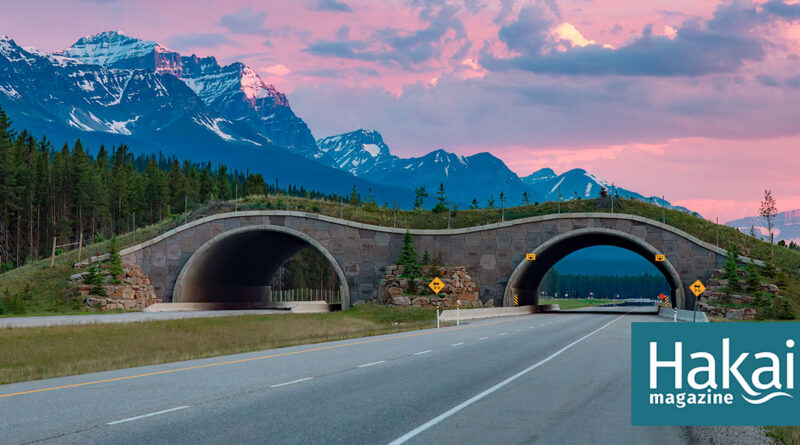Do Sea Animals Need Wildlife Bridges, Too? | Hakai Magazine
A copy of the body of the article
The ocean feels limitless. If you were to start swimming from shore, it’s easy to believe—fitness and oxygen aside—you could go on forever. It’s a far different experience from a cross-country road trip, where mountains, rivers and six lanes of traffic block the easy way.
It is equally easy to believe that fish and other highly mobile sea creatures see the ocean in such an unruly way. These animals, who have practiced walking in the sea for thousands of years, must easily pass any obstacle they can swim through. However, that assumption is wrong.
According to Karissa Lear, a marine ecologist at Australia’s Murdoch University, it is common for many aquatic species to stick to certain habitats and rarely move beyond them. He says that is especially true for many small animals, which are vulnerable to predators. This shyness can cause big unexpected problems for aquatic species, especially when infrastructure gets in the way.
For example, consider the green sawfish that live near the mouth of the Ashburton River in the Pilbara region of Western Australia.
In 2017, engineers working at a local oil and gas processing plant built a new loading dock with a large walled jetty and a solid stone wall, which is meters long. 500 on the beach. At the time, Lear and his colleagues were concerned about how the construction would affect the endangered green fish, which use the area as a nursery.
However, over time, scientists realized that green sawfish were unable, or unwilling, to pass through the barrier. That would prevent animals from reaching important feeding grounds and other habitats. Lear, meaning Lear, is probably afraid of being caught by predators from the safety of its position near the shore to swim out and around the ship. That, and they are used to spending time in very shallow water.
For Lear, this discovery supports a surprising new idea: that marine animals, like terrestrial species, need help to help get around human practices.
Globally, wildlife crossing is becoming increasingly common. For example, green bridges help bears and elk avoid the road in Banff National Park, Alberta, while fish ladders help migrating salmon leap across ponds. In 2022, wildlife crossings in Washington State were used more than 5,000 times by animals such as mule deer, elk and coyotes. Although they have become popular around the world, Lear says little attention has been paid to the concept of wildlife crossings designed to help marine animals navigate safely. In the case of the green sawfish, he says the engineers could have made channels under the jet for the fish to swim through.
But the real issue isn’t just one barrier, Lear says: “If there’s barrier after barrier, you’re going to start making that child’s shelter really blocked.”
For individual animals, too many obstacles can cut them off from important feeding areas. At the population level, over-restricted movements can lead to the development of isolated, genetically distinct groups that are at risk of extinction. With at least four more large construction projects planned for the Ashburton River area, Lear says the cumulative effect of the many obstacles is a real issue for the future of the green sawfish.
As the climate continues to change, Matthias Goerres, coordinator of the project for the restoration of the environment of the German Nature Parks Association, says that paying attention to the needs of aquatic animals is important. He says many types of aquatic life are moving far north due to climate change, and he says they need suitable habitats. For example, herring use seagrass beds to spawn, so northern grass beds can help them move away from warmer waters without affecting their natural behavior.
Whether it’s drilling drains into artificial structures or planning routes away from warmer oceans, thoughtfully changing our ocean systems can go a long way toward protecting animals as we go along. marine engineering.
At the bottom of the article and the subject below
Quote this Article:
Cite this Article: Jack McGovan “Do Marine Animals Need a Wildlife Bridge, Too?,” Hakai MagazineSep 10, 2024, accessed September 12th, 2024, https://hakaimagazine.com/news/do-marine-animals-need-wildlife-bridges-too/.
#Sea #Animals #Wildlife #Bridges #Hakai #Magazine
